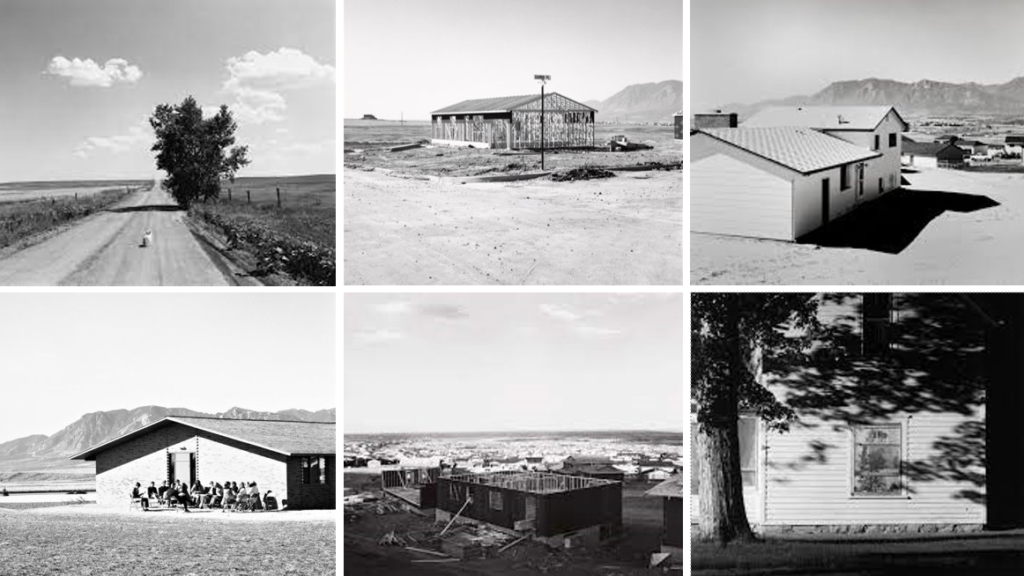Robert Adams

“I think if you placed me almost anywhere and gave me a camera you could return the next day to find me photographing. It helps me, more than anything I know, to find home.”
ROBERT ADAMS

Adams was born in 1937 in New Jersey and was then raised in Denver, Colorado, where many of his photographed were taken. Then in 1947 they moved to Madison, Wisconsin for five years, where he contracted polio at age 12 in 1949 in his back, left arm, and hand but was able to recover. Other photos were also taken in California and Oregon as he moved to Southern California in 1956 to attend the University of Redlands where he majored in English literature and went on to achieve a Ph.D. Throughout his childhood, Adams would often accompany his father on walks and hikes through the woods on Sunday afternoons which may be where his love for landscapes was found. In 1963 they moved back to Colorado, and Adams began teaching English at Colorado College and In 1963, Adams bought a 35 mm camera and began to take pictures mostly of nature and architecture.
His interest in photography derived from the work of photographers such as Timothy O’Sullivan, William Henry Jackson, and Carleton Watkins. Their work, together with that of Lewis Hine, Edward Weston, Dorothea Lange, and Ansel Adams (no relation).
“What I hope to document, though not at the expense of surface detail, is the form that underlies this apparent chaos.”
Adam takes his photos in order to show the changes wrought by humans upon nature. his photos can very often come across as boring and dull but his aim is to show that and show the natural world in a realistic way. the use of using black and white in almost all of his photos also adds to this idea.

In this photo you can see rows and rows of houses. each structure looks almost identical which can make the image come across as boring and repetitive. Without all the buildings, the scenery would most likely be a long stretch on a field creating a very pretty landscape. however, Adams has photographed this to show how that has been ruined by human structures. The use of black and white in the image makes it more unappealing to see the rows of structures. if the image was in colour then it may not carry the same message as people may enjoy looking at it more. Adams has taken this image from a high point above which works really well as you can get a good look at a lot of structures that carry on for miles.
